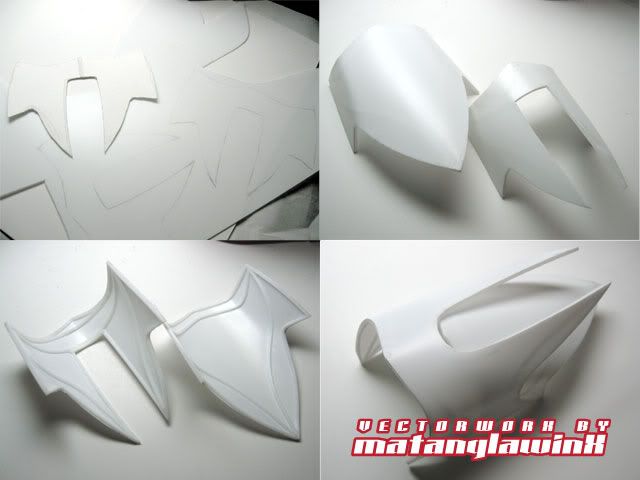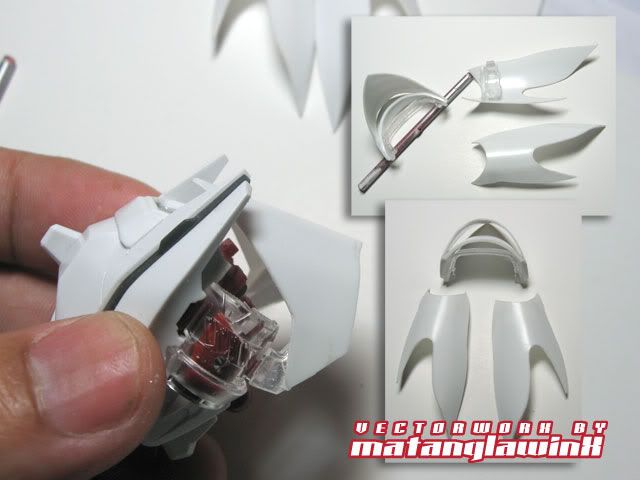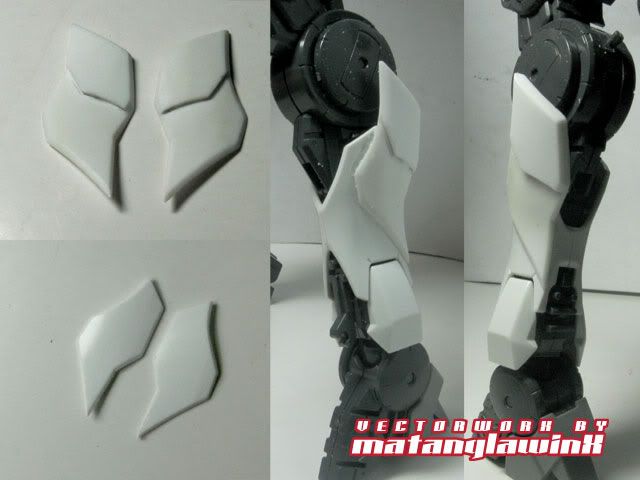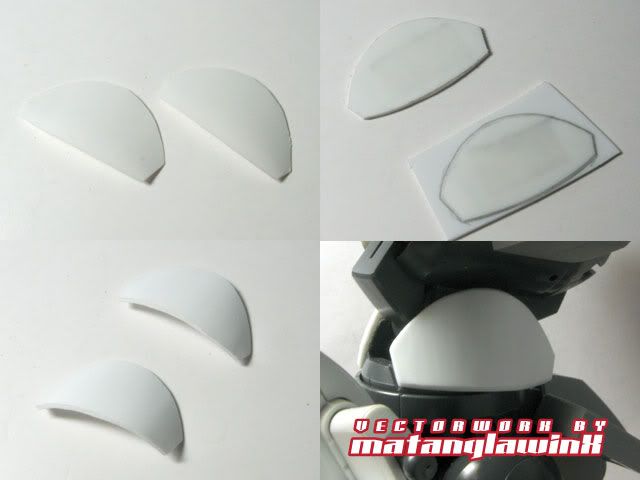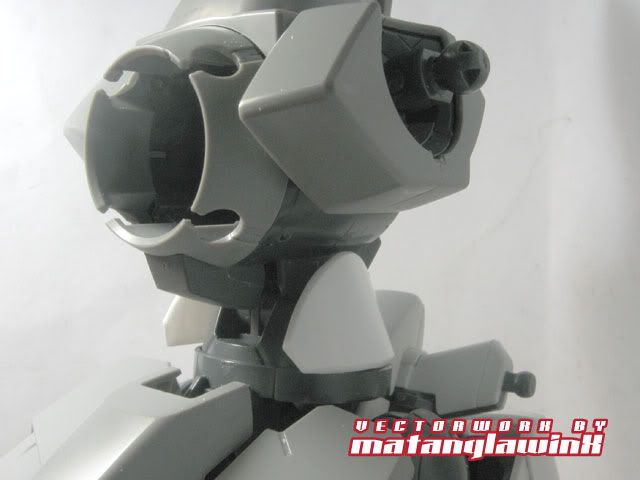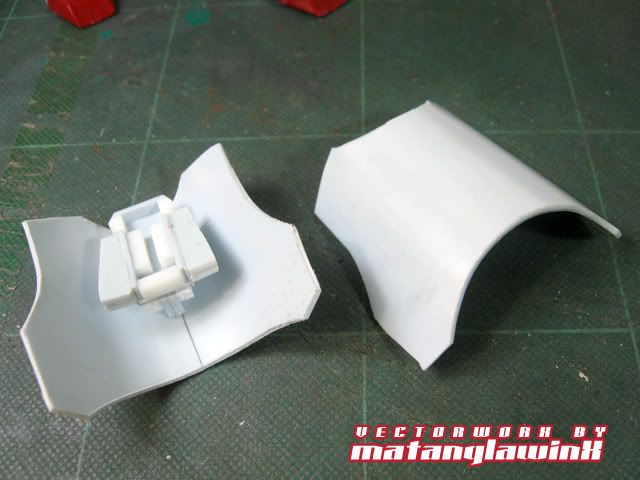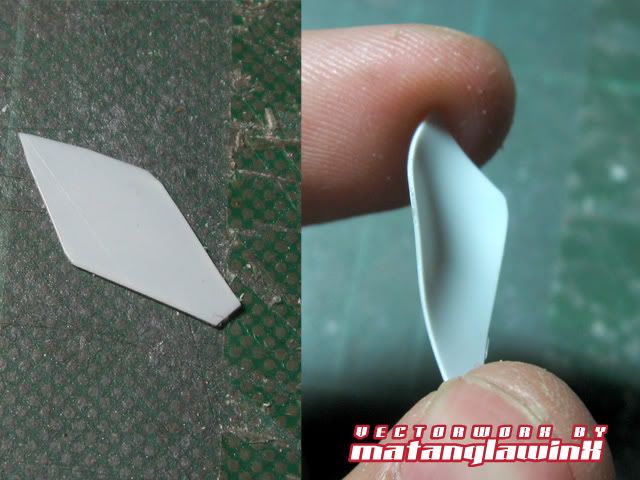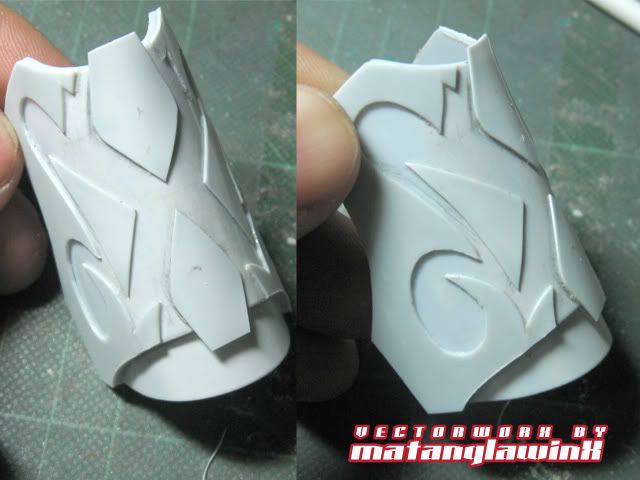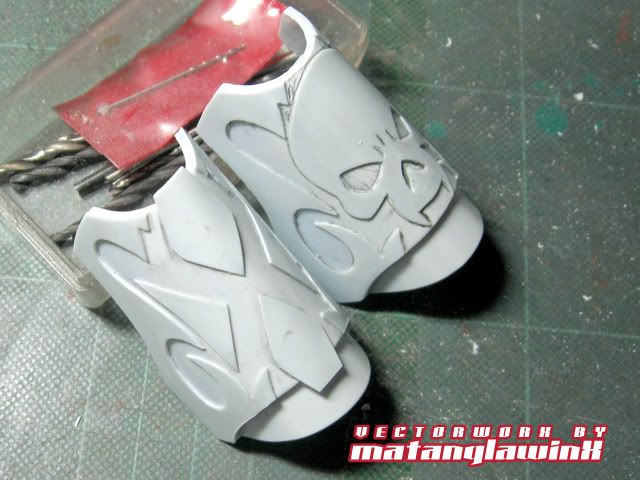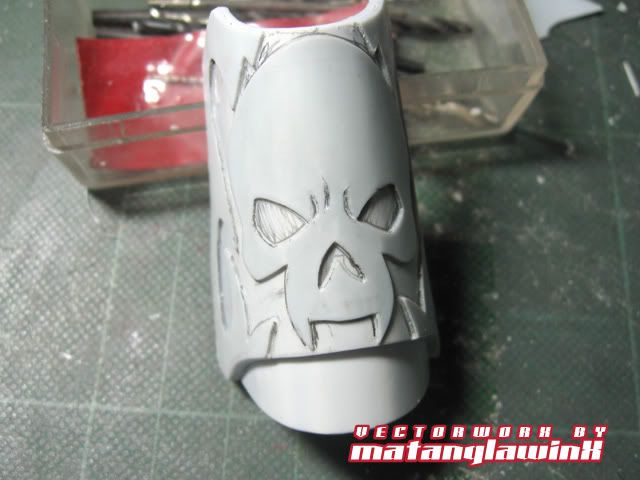No, I'm not talking about the Comic Book, "The Uncanny X-Men" (which I used to collect when I was way younger), but the seemingly coinciding random events that involves
Middleway (one of the songs in our self-titled album), the
Anime my bandmate and guitarist extraordinare
AJ used as a backdrop for the
music video he made (he thought the story appropriate for the song, and I agree), and somewhat, if I am now guilty of giving it (a well-deserved) overexposure, the
Chimera.
AJ made the music video July of last year and told me about it after posting it on YouTube. I didn't give it much thought back then (though I did ask what the Anime was about), mainly because I had been pre-occupied with a lot of things up until now.
I haven't watched the anime in its entirety as I just finished watching the anime, (I rarely do and when I do, it's mostly those about mechas, samurais and warriors, and sci-fi stuff). Digressing a bit, I've always liked Bleach, Naruto and the likes, most of the Gundam series, and earlier on, the Classic Voltes V, Mazinger Z, Grendaiser, Mekanda, etc. I've also watched both the anime and live action versions of Deathnote, and who could forget the slashings of Kenshi Himura in Samurai X?
I probably missed the sci-fi relevance of the anime AJ used back then because I totally spaced-out on the title. "
The Girl Who Leapt Through Time" is, obviously about a girl leaping through time. As Japanese animes have it, it's the reason WHY she did the Quantum dance that made the anime interesting. According to AJ, she leaps back through time to avoid the advances of the boy who likes her (well, that, aside from the obvious do-overs of any mistakes she have made, especially her grades). Later on, Chiaki, the boy was revealed to be more than meets the eye. The scenes AJ used to sequence with Middleway were head on, especially at the part where the boy and the girl were walking amidst a crowd of people frozen in time, and the guy walking away, leaving the girl confused looking for him. It even has a
Live Action version of the same title released just last year, and
Riisa Naka, who voiced the main character in the anime is the same one who played the main character in the movie (as I read the synopsis and the character list, the story is a bit different.
So, where does the Chimera come in all these Jazz?
If you allow me to segue bit further (
I have a penchant for long and detailed intros to my stories at times, mainly because I want to be as clear as I can), a couple of MAC members at Facebook recently
tagged me
twice when they posted about the Middleway music video, and the song generated a mild increase in plays, both at Facebook and our
website, as well as Youtube (a lot of people sent me messages earlier on when we first released it that they like the song). It was only then that I started looking up the anime, to finally be able to watch it. It was then that I got chills when I found images relating to it, specifically, this one:
It wouldn't really haven't been too significant if not for this:
The similarities are uncanny. I shot this quite recently, after my month-long hiatus from anything Gunpla (which wasn't really a hiatus, since I've been tinkering with plastic during that time, albeit in relative blogless silence).
At my age, I no longer believe too much in coincidences, but this one, insofar as coincidences in my life are concerned, is pretty much too close for comfort. The girl who is the object of the story of Middleway, in some aspects, also looks like an anime character.
Even the source I got the picture of the leaping girl is much of a coincidence to my pseudonym. I call myself X, which stands for the mathematical "unknown."
Oh, did I mention that the Pilot of the Chimera is a girl?



